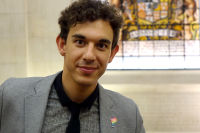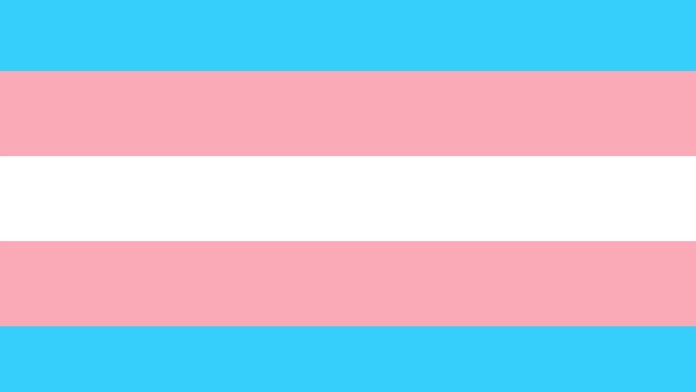
Think Leader. Think Woman

Published
2019
It seems fair to say some progress has been made over the last few years as we are starting to move from a basic understanding of diversity to building true inclusion. But we are not there yet. And in my opinion not enough work is being done on redefining leadership and on helping us all develop a shared vision of what success looks like.
We are still recruiting in our own image; we look more favourably on a candidates or colleagues when their behaviour, or even appearance reflects our own, and this is a significant problem in the profession. This favouritism and bias are often unconscious, but when they impact every stage from recruitment and work allocation, to assessment and promotion, the result leads to a perpetual narrowing of opportunities for those who do not fit the mould.
We also know that this negative impact is even bigger on those of us whose identity is at the intersection of more than one group that has historically experienced discrimination (such as BAME and/or LGBT women), for whom the perception of being ‘different’ results in double and triple barriers.




